bluestar rcs vs rnb
nellym
13 years ago
Featured Answer
Sort by:Oldest
Comments (20)
User
13 years agolast modified: 9 years agoMabies
13 years agolast modified: 9 years agoRelated Professionals
Everett Kitchen & Bathroom Designers · Plymouth Kitchen & Bathroom Designers · Apex Kitchen & Bathroom Remodelers · Gilbert Kitchen & Bathroom Remodelers · Glendale Kitchen & Bathroom Remodelers · League City Kitchen & Bathroom Remodelers · Vashon Kitchen & Bathroom Remodelers · Winchester Kitchen & Bathroom Remodelers · Mountain Top Kitchen & Bathroom Remodelers · Bon Air Cabinets & Cabinetry · Fort Lauderdale Cabinets & Cabinetry · Gaffney Cabinets & Cabinetry · Jefferson Valley-Yorktown Cabinets & Cabinetry · South Gate Cabinets & Cabinetry · Saint James Cabinets & Cabinetrymojavean
13 years agolast modified: 9 years agosummerbabies
13 years agolast modified: 9 years agonellym
13 years agolast modified: 9 years agomojavean
13 years agolast modified: 9 years agoUser
13 years agolast modified: 9 years agodjg1
13 years agolast modified: 9 years agosummerbabies
13 years agolast modified: 9 years agomojavean
13 years agolast modified: 9 years agoUser
13 years agolast modified: 9 years agomojavean
13 years agolast modified: 9 years agostooxie
13 years agolast modified: 9 years agosummerbabies
13 years agolast modified: 9 years agomojavean
13 years agolast modified: 9 years agosummerbabies
13 years agolast modified: 9 years agostooxie
13 years agolast modified: 9 years agovinjah
13 years agolast modified: 9 years agoUser
13 years agolast modified: 9 years ago
Related Stories
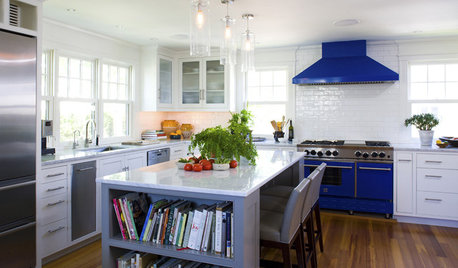
KITCHEN DESIGNSo Over Stainless in the Kitchen? 14 Reasons to Give In to Color
Colorful kitchen appliances are popular again, and now you've got more choices than ever. Which would you choose?
Full Story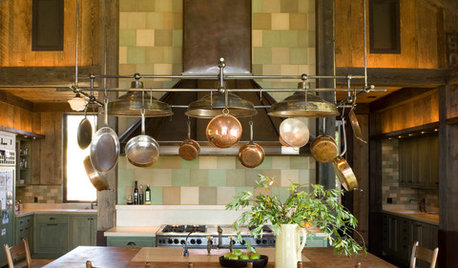
KITCHEN DESIGN12 Rustic Touches That Add Warmth to a Kitchen
Exposed beams, chandeliers, farm tables or just a key accessory or two can bring some coziness to the heart of your home
Full Story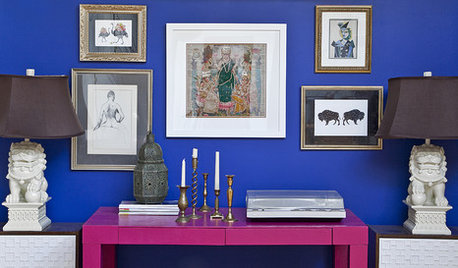
COLORCobalt Gets the Red Carpet Treatment
It dazzled at the Emmys, but this bold blue is earning rave reviews around the home too
Full Story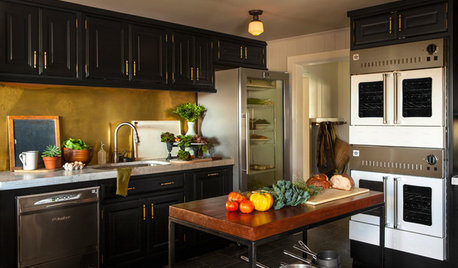
FARMHOUSESAn Iron Chef’s Farm Kitchen Gets Some Kick
Pro appliances and improved accessibility prove the right recipe for a kitchen that now multitasks with ease
Full Story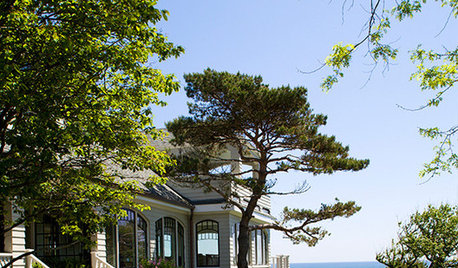
HOUZZ TOURSHouzz Tour: Seaside Shingle Style Gets Modern Edge
Scandinavian design gives a traditional home in Massachusetts fresh energy and flexible space for visiting family
Full StoryMore Discussions






djg1